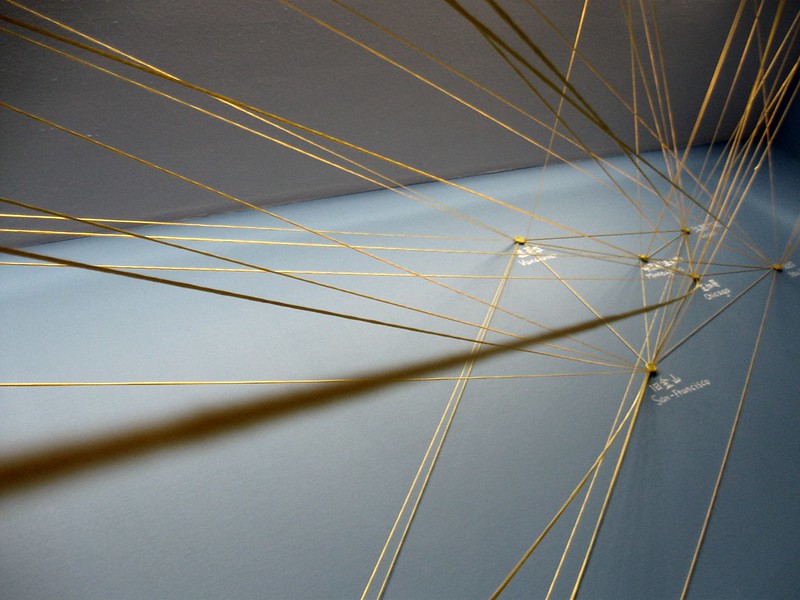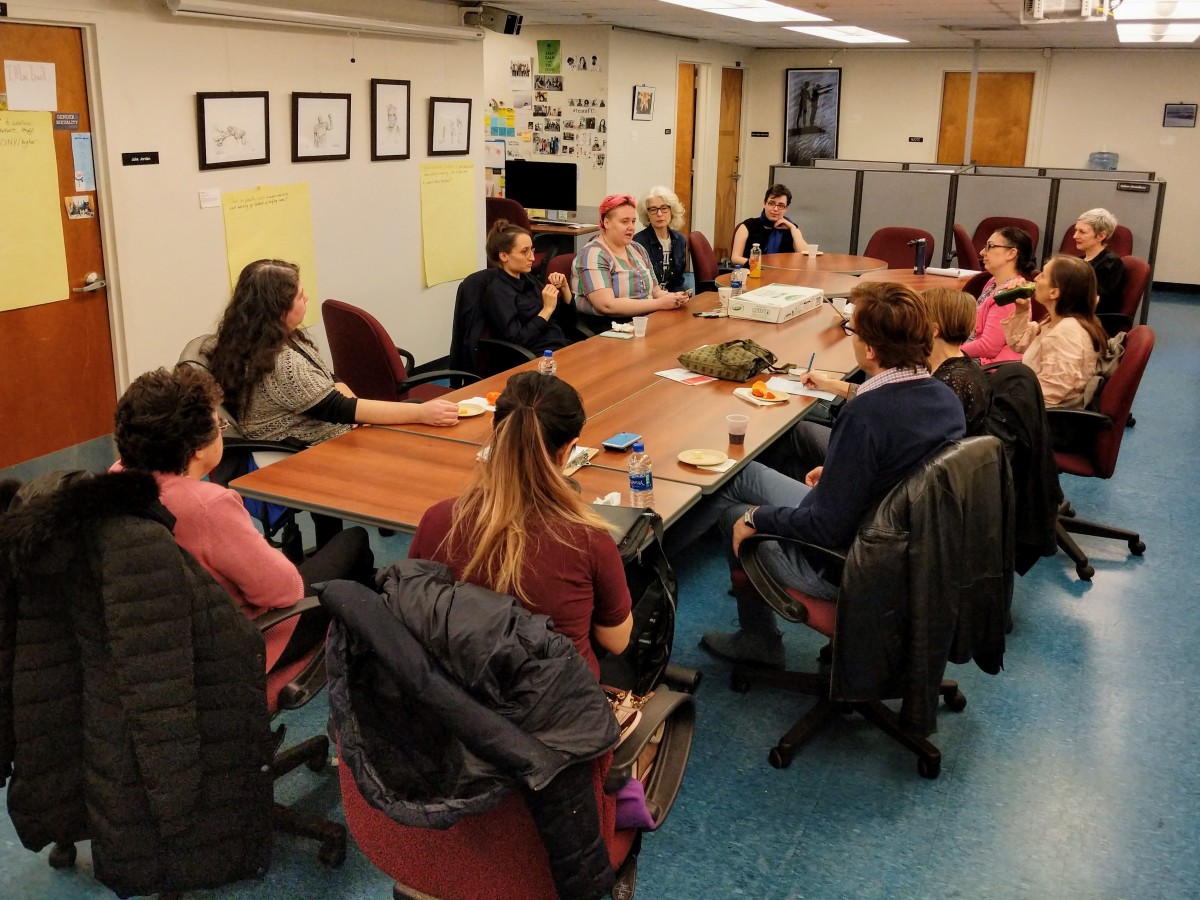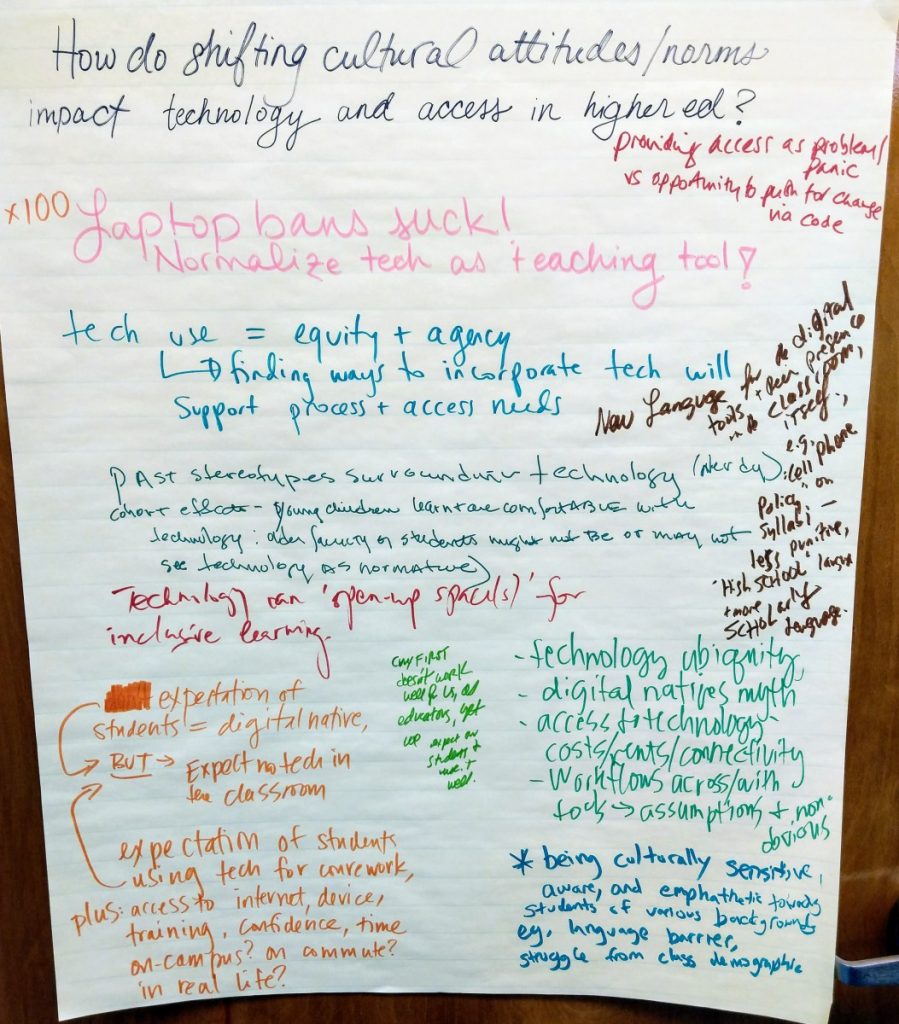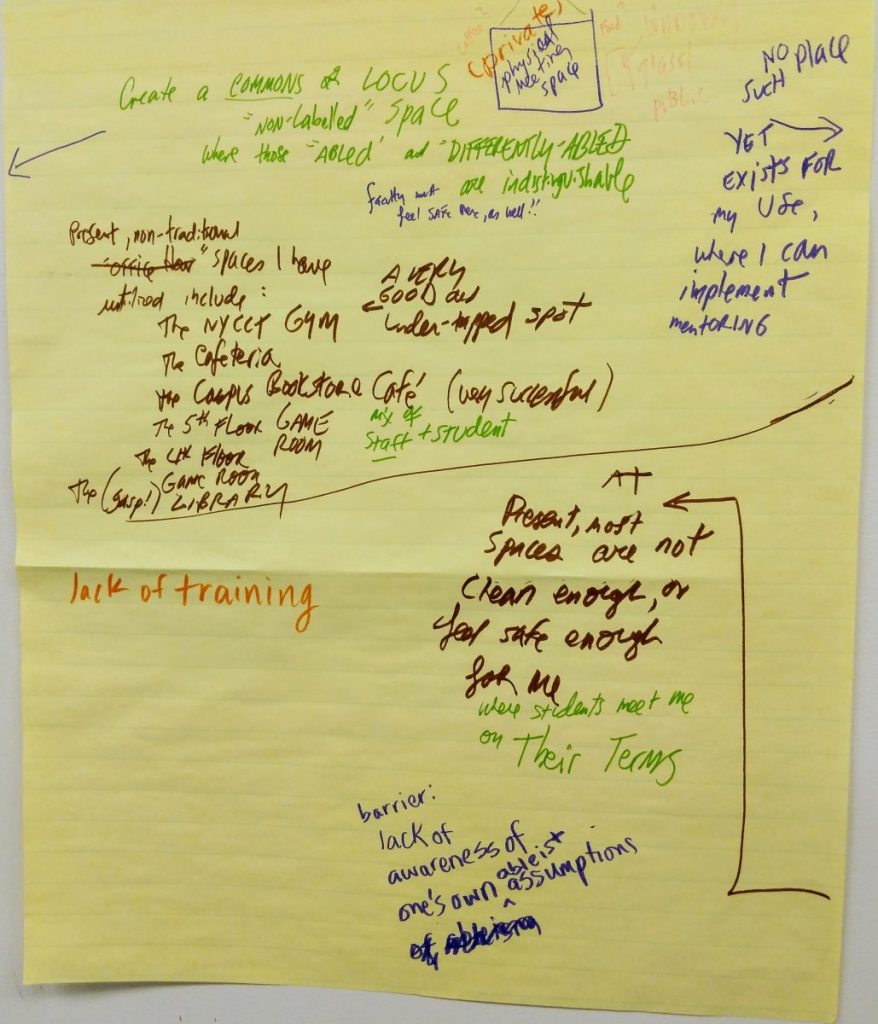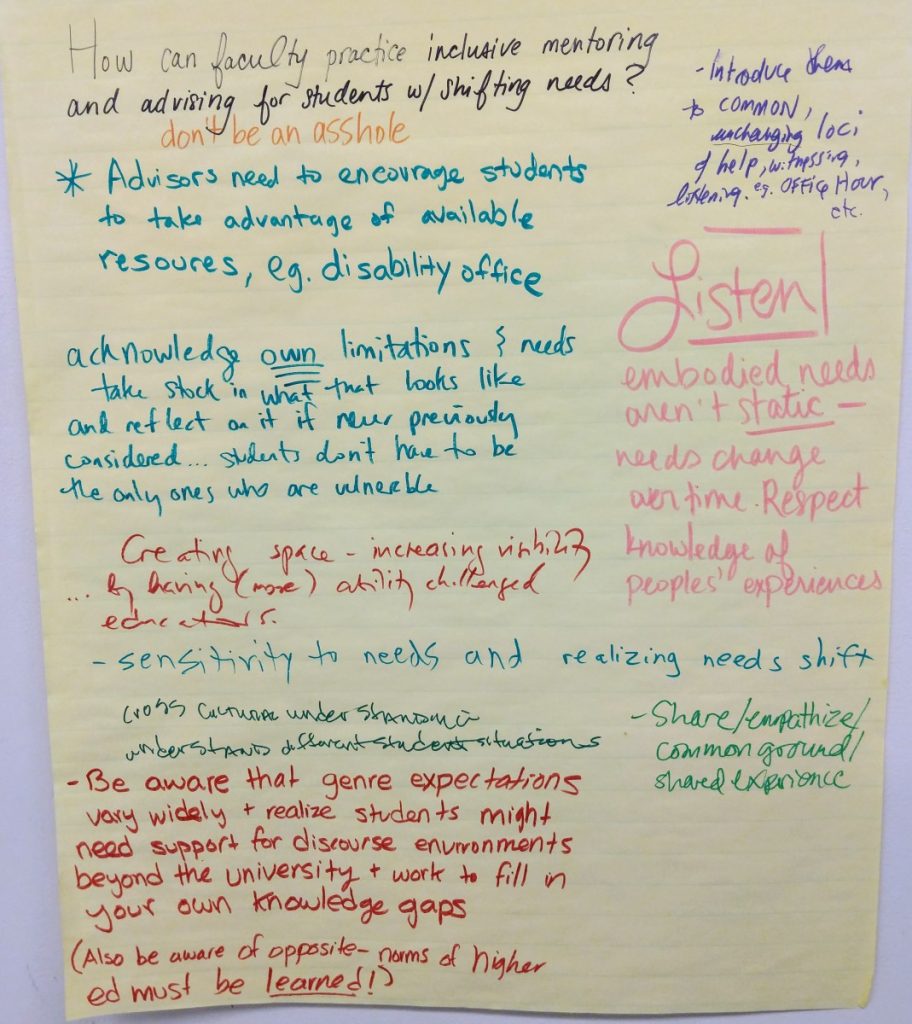In this first installment of the Faculty Commons’s series on supporting first-year students, let’s think about how we as faculty and staff can help students getting started with technology at City Tech.
Are your first-year students struggling with wi-fi or email? Do they know where they can get tech help, study, borrow a device, or access free software? You can help!
Students starting at City Tech should be acquainted with the technologies available and required for their success. Faculty teaching students in first-year courses can help by introducing students to the Student Hub, especially the Technology Resources section and the Getting Started with Technology page, where students can find these links:
- how to access email and CUNYfirst
- how to get on any of the three wifi networks available
- how to borrow a device or find the list of free software available to students
- where to find open access computer labs a how to log in with their active directory (AD) account.
If you are teaching a class with many first-year students, you might consider incorporating short activities that ask students to find and/or access some of these resources. Below are a few examples that can foster student community and participation, and even bolster comfort with short writing or speaking in class, as they share with one another:
- Students work in groups to find computer labs on campus and explain to classmates how to find them, either in class or via a post in Brightspace or OpenLab.
- Students who have successfully signed up for wifi or email help other students sign up.
- Students access their email and use their accounts to sign up for City Tech’s OpenLab or a New York Times account.
- Students use their CUNYfirst credentials to get started with Dropbox, Office 365, and other software.
If students are working with peer mentors (or would like to request a peer mentor), the mentors can help students navigate the technologies and share their experiences.
Still having trouble? The City Tech Student Helpdesk is here to assist!
In person: Namm Complex Welcome Center — Library Building 114
Email: StudentHelpdesk@citytech.cuny.edu
Phone: 718-260-4900
Photo Credit: “Network” by Pavlína Rupová via Flickr under the license CC BY-NC-ND 2.0.

